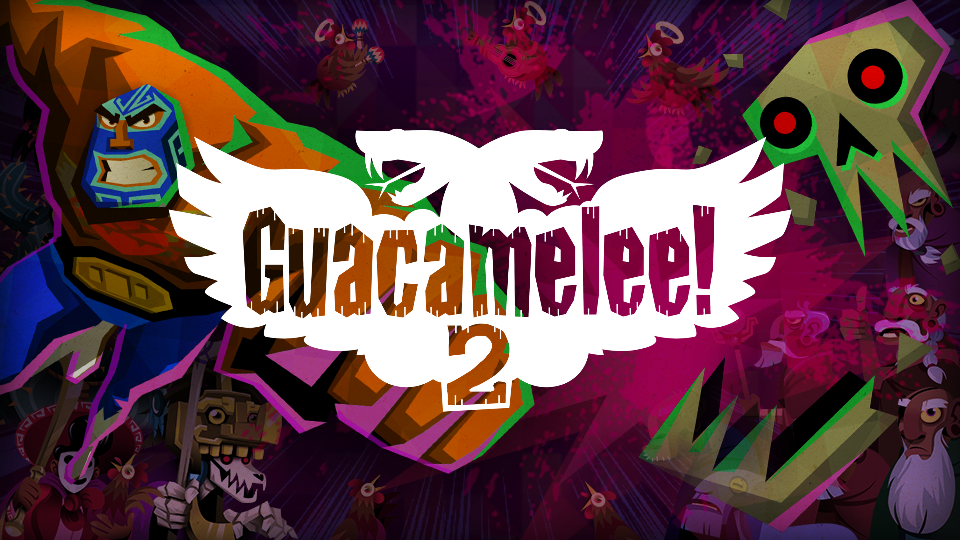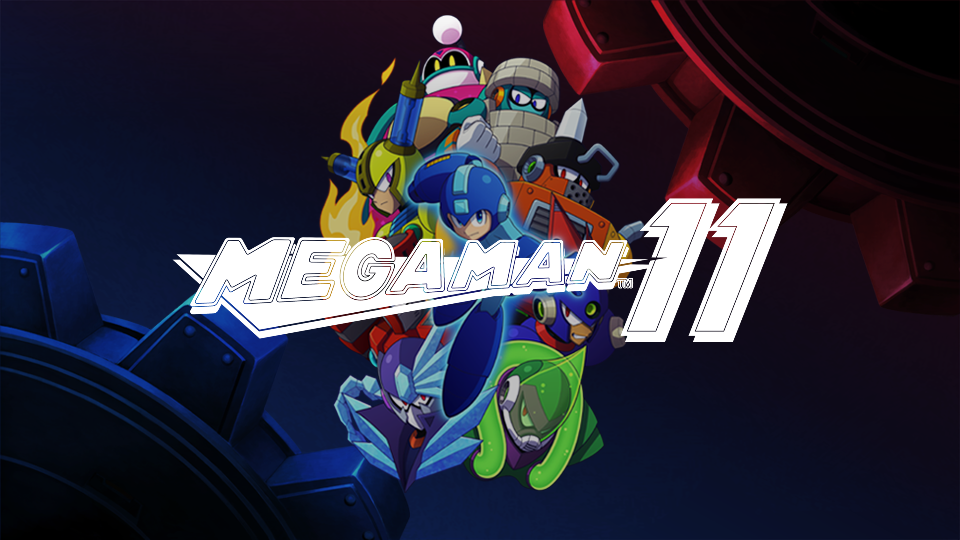 Video Game ○
Video Game ○ The original PDP-1 system for • — Guacamelee! 2 Complete — [See in cart]
Get more details.
Yet, the ancestry of this digital realm demanded a physical reckoning. Early interactive systems did not whisper of worlds; they announced their presence with the defined edges of cathode ray tubes and the distinct, mechanical sound of a failing relay.
Early Interfaces and Analog Geography
The very first home console, the Magnavox Odyssey (1972), offered an experience tethered intimately to the tangible world. Its games relied upon translucent plastic screen overlays—not graphical assets, but physical sheets—that the user affixed directly to the television screen using static electricity. This analog imposition created the illusion of scenery, demanding manual placement for digital geography to exist. The paddle controller moved the single white dot; the environment itself was merely fabric and film. This reliance on external, non-digital components illustrates the profound technological awkwardness of those initial interactive leaps.
Consider the complexity of input itself. Before standardized joystick schemas, the early interactive fiction environments—such as *Colossal Cave Adventure* (1976)—were less about reflexes and more about highly specific linguistics. Players wrestled not with monsters, but with parsing algorithms that demanded exact verb-noun combinations. "Go North" might work; "Walk Upward" might generate an error message. The player's failure was often linguistic rather than strategic, dictating an engagement model where the ability to interpret the machine's narrow vocabulary became a specialized skill set.
The Problem of Permanence
The unique nature of early software distribution often rendered the idea of a fixed, definitive game version impossible. *Spacewar!* (1962), often cited as the first true digital video game, was conceived at MIT. Its source code, developed on the expensive PDP-1 minicomputer, was distributed informally through the burgeoning computing community. Students and researchers shared the program, often duplicating it tape-to-tape and modifying the code to suit different hardware configurations or simply to add personalized features. The game was therefore less a singular product and more a tradition of shared technical improvisation, existing in myriad slightly altered forms across university campuses, a fluid artifact of the period.
* The Magnavox Odyssey required physical, printed paper scorecards and plastic chips, removing the concept of a self-contained digital record.
* The original PDP-1 system for *Spacewar!* used vector graphics, drawing shapes purely from lines, a style now rarely seen outside of specialized arcade emulation.
* Early programming languages used for games, such as FOCAL, often imposed severe memory constraints, forcing developers to implement complex narratives within exceptionally tight code limits.
* Before cartridge standardization, software distribution involved mailing cassette tapes or paper punch cards, rendering immediate digital delivery nonexistent.
Hardware Anomalies
Early computing was defined by specific, isolated hardware quirks. The development of *Pong* (1972) by Allan Alcorn for Atari stemmed from an exercise to familiarize him with the dedicated circuitry of the specialized video display terminals. Alcorn notably introduced the segment acceleration feature—where the paddle changes the ball's return angle based on the point of contact—not as a primary design goal, but reportedly as an attempt to introduce variation to the simple game, a technical afterthought that became an industry standard mechanic. Later, the memory limitations of machines like the Atari 2600 (1977) necessitated intricate programming techniques. Developers used clever coding to cycle limited color palettes rapidly, creating the illusion of a wider spectrum of hues than the hardware strictly supported—a visual trick born of technical necessity. These tiny, specific compromises formed the bedrock of the entire medium.
Get It On Amazon ::: (brought to you by Kiitn)
▷ Get more details.
#Ad Our articles include affiliate links: If you buy something through a link, we may earn a commission 💕
[ Purchase details ]























